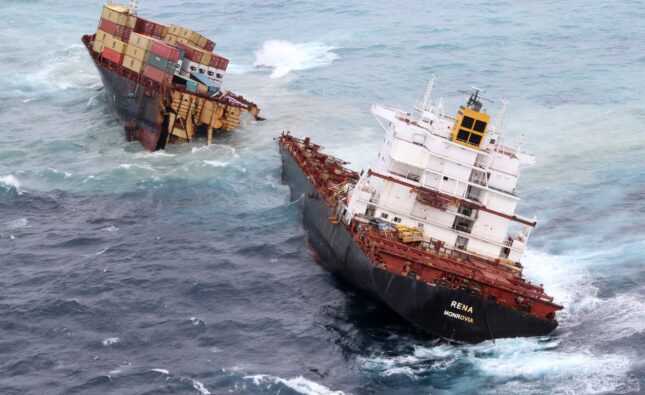
Introduction
In the ever-evolving realm of multimedia artistry, music videos stand as a captivating fusion of auditory and visual storytelling. Behind the mesmerizing visuals that accompany your favorite tunes lies a hidden artisan – the music video animator. This article endeavors to shed light on the intricacies of this profession, exploring the creative process, technical skills, and the impact of music video animation on the music industry and popular culture.
The Role of a Music Video Animator
Music video animators are the masterminds behind the captivating visuals that breathe life into a song. Their primary role is to translate the essence of the music into a visual narrative that resonates with the audience. Unlike traditional animators who work on feature films or television shows, music video animators operate within the unique constraints and opportunities presented by the medium of music videos.
The Creative Process
The creative journey of a music video animator begins with immersion in the song itself. They meticulously analyze the lyrics, melody, and mood to conceptualize a visual narrative that complements the music. This initial stage often involves brainstorming sessions with directors, musicians, and other collaborators to ensure alignment with the artist’s vision.
Once the concept is solidified, the animator moves on to storyboarding – a crucial step where key scenes and transitions are sketched out to establish the visual flow of the video. Storyboarding serves as a blueprint for the animation process, guiding the team through each frame of the video.
With the storyboard as their guide, animators dive into the production phase, where they employ a myriad of techniques such as 2D animation, animation studios in the us, stop motion, or a combination thereof, depending on the desired aesthetic and budget constraints. This stage demands impeccable attention to detail as animators bring characters, environments, and visual effects to life, often working tirelessly to ensure synchronization with the music.
Once the animation is complete, the final touches are added in the post-production phase. This involves editing, color grading, and adding special effects to enhance the visual appeal and cohesiveness of the video. The end result is a seamless fusion of music and animation that captivates and delights audiences worldwide.
Technical Skills
Beneath the surface of creativity lies a robust toolkit of technical skills that music video animators must possess to bring their visions to fruition. Proficiency in animation software such as Adobe After Effects, Autodesk Maya, or Cinema 4D is paramount, as these tools enable animators to manipulate digital assets and craft intricate animations.
Moreover, a keen understanding of visual storytelling principles, including composition, timing, and pacing, is essential for creating compelling narratives that resonate with viewers. This mastery of the fundamentals allows animators to evoke emotion, convey complex ideas, and immerse audiences in fantastical worlds through their work.
Additionally, adaptability is key in the fast-paced world of music video production. Animators must stay abreast of emerging technologies and trends, constantly honing their skills to meet the evolving demands of the industry. Whether experimenting with new animation techniques or integrating interactive elements into videos, versatility is paramount for staying ahead of the curve.
Impact on the Music Industry and Popular Culture
Music videos have long served as a powerful promotional tool for artists, enabling them to connect with fans on a deeper level and expand their reach across global audiences. In an age where visual content reigns supreme, the role of music video animators has become increasingly indispensable.
The marriage of music and animation not only enhances the listening experience but also elevates the artist’s brand identity and storytelling prowess. Memorable music videos have the potential to go viral, sparking trends, memes, and cultural phenomena that transcend the confines of the music industry.
Moreover, music video animation has paved the way for groundbreaking collaborations between musicians and visual artists, blurring the lines between disciplines and pushing the boundaries of creativity. From animated lyric videos to immersive virtual reality experiences, artists are harnessing the power of animation to engage and enthrall audiences in innovative ways.
Beyond its commercial impact, music video animation serves as a medium for artistic expression and social commentary. Animators have the ability to tackle complex themes, challenge societal norms, and provoke thought through their visual narratives. Whether addressing environmental issues, political unrest, or personal struggles, music videos have the power to spark conversations and inspire change.
Conclusion
In conclusion, music video animation stands as a testament to the boundless creativity and technical prowess of its practitioners. From concept to execution, animators weave together intricate visuals that amplify the emotional resonance of music, leaving an indelible impression on audiences worldwide. As technology continues to evolve and artistic boundaries are pushed ever further, the role of the music video animator remains at the forefront of innovation, shaping the future of visual storytelling in the digital age.











